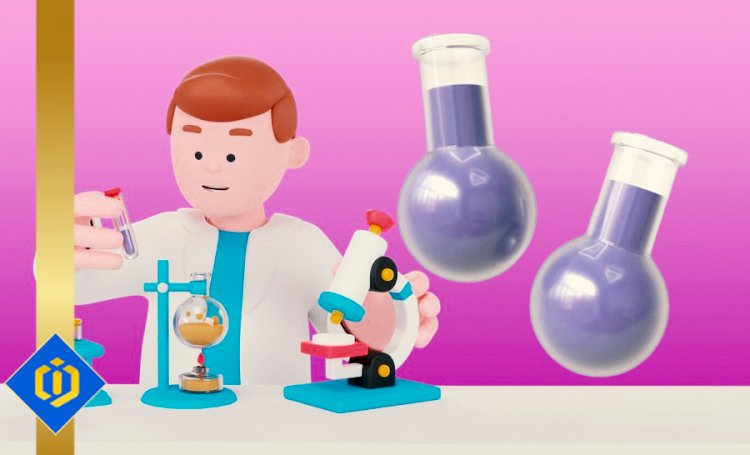Behind the Scenes: Exploring the Intricate Path of a Drug from Laboratory Discovery to Pharmacy Shelves

In this article we are going to take a closer look at how drugs and other forms of medications make their way from the laboratory to your local pharmacy.
- Identifying Potential Targets and Preclinical Studies:
The drug development process begins with the identification of potential targets or disease mechanisms. Scientists and researchers delve into the biological processes of specific diseases to identify molecules or compounds that can influence or modulate these processes. This phase, known as the "discovery phase," entails extensive laboratory studies, including in vitro and in vivo experiments, to assess the efficacy and safety of various compounds. Once a promising compound is identified, it undergoes a series of preclinical studies. These studies involve testing the compounds in animal models to evaluate pharmacokinetics, toxicity, and potential adverse effects. The goal is to gather sufficient evidence to substantiate the drug's safety and efficacy before proceeding to clinical trials.
- Clinical Trials and Regulatory Approval:
Before a new drug can be tested in humans, a new drug application (IND) must be submitted to a regulatory agency, such as the U.S. Food and Drug Administration (FDA). The IND application includes preclinical data, a proposed clinical trial protocol, and manufacturing process information. Regulators meticulously review applications to determine whether the potential benefits of the drug outweigh the risks. If approved, the drug can progress to clinical trials.
Clinical trials are conducted in three phases. Phase 1 studies involve a small number of healthy volunteers and aim to evaluate the drug's safety, appropriate dosage, and potential side effects. Phase 2 trials involve a larger patient population and are designed to assess the drug's effectiveness and further evaluate its safety. Finally, phase 3 trials include a substantial number of patients and provide comprehensive data on drug efficacy, side effects, long-term risks, and benefits.
- Manufacturing and Labeling:
After completing clinical trials, drug developers compile all the data and submit a New Drug Application (NDA) to regulatory agencies. The NDA contains detailed information about the drug's composition, manufacturing process, clinical trial results, and proposed labeling. Regulators thoroughly review the data to determine whether to approve the drug.
Once regulatory approval is granted, the drug can be manufactured and produced. Pharmaceutical companies establish state-of-the-art manufacturing facilities that adhere to stringent quality control standards to ensure the consistency and purity of their drugs. These drugs are manufactured in large batches and meticulously tested to guarantee quality, stability, and compliance with regulatory requirements.
Concurrent with manufacturing, drug labeling, including packaging and patient information leaflets, is developed to provide crucial information about drug dosages, uses, potential side effects, and contraindications. Labeling undergoes an extensive regulatory review and approval process to ensure accuracy and clarity.
- Distribution and Pharmacovigilance:
Once the drug is manufactured and appropriately labeled, it is distributed to pharmacies and healthcare facilities. Pharmacies play a pivotal role in ensuring that medicines reach patients safely and accurately. Pharmacists receive specialized training to understand drug mechanisms of action, potential drug interactions, and appropriate dosages. They collaborate closely with healthcare providers to ensure patients receive the correct medication and comprehend how to use it effectively.
Throughout this process, the pharmaceutical industry diligently conducts post-market surveillance and pharmacovigilance to monitor the drug's safety and efficacy. Adverse events and side effects reported by healthcare professionals and patients are meticulously monitored and investigated, and appropriate measures are taken to safeguard patient safety.
Conclusion:
The journey of a drug from its discovery in the laboratory to its placement on pharmacy shelves is multifaceted and intricate. This process encompasses years of research, extensive testing, regulatory oversight, manufacturing processes, label development, and collaboration among various stakeholders. The ultimate objective is to provide safe and effective medicines to patients in need. Understanding these behind-the-scenes processes sheds light on the remarkable efforts and dedication of scientists, researchers, regulators, pharmaceutical companies, and healthcare professionals who work tirelessly to bring life-saving and life-enhancing medicines to the market.
Author: Pooyan Ghamari, Swiss Economist & Visionary

 content-team
content-team 






















